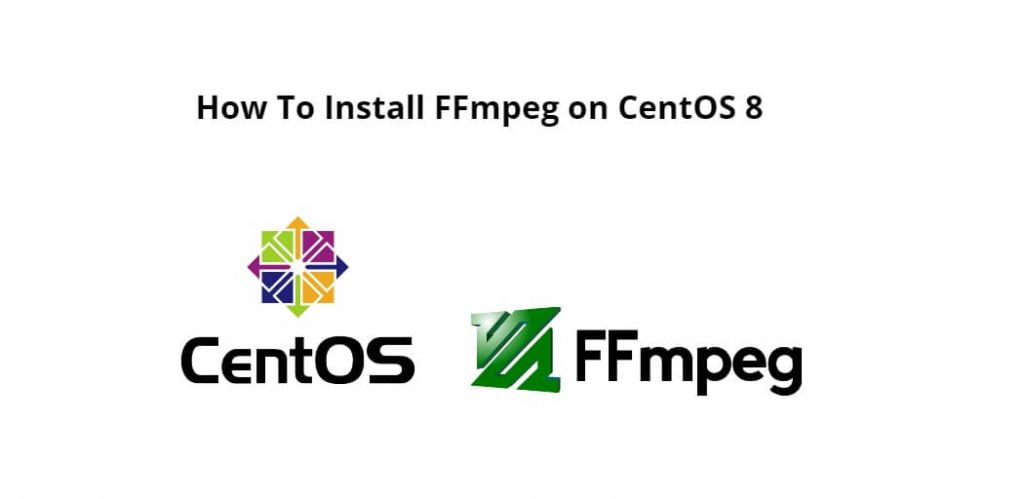Install and use FFmpeg on centOS 8; Through this tutorial, we will learn how to install and use FFmpeg on centOS 8.
FFmpeg is a free and open-source collection of tools for handling multimedia files. It contains a set of shared audio and video libraries such as libavcodec, libavformat, and libavutil. With FFmpeg, you can convert between various video and audio formats, set sample rates, capture streaming audio/video, and resize videos.
How To Install FFmpeg on CentOS 8
Just follow the following steps to install and use FFmpeg on centOS 8:
- Step 1 – Enable EPEL and PowerTools repositories
- Step 2 – Install FFmpeg on CentOS
- Step 3 – Verify the FFmpeg installation
- Step 4 – Uses of FFmpeg
Step 1 – Enable EPEL and PowerTools repositories
First of all, open command line or terminal and execute the following command into it to enable epel and powertools repositories in centOS 8:
sudo dnf install epel-release dnf-utils sudo yum-config-manager --set-enabled PowerTools sudo yum-config-manager --add-repo=https://negativo17.org/repos/epel-multimedia.repo
Step 2 – Install FFmpeg on CentOS
Once the repositories are enabled, Then execute the following command on command line or terminal to install FFmpeg:
sudo dnf install ffmpeg
Step 3 – Verify the FFmpeg installation
Now, Verify the FFmpeg installation by executing the following command on command line or terminal:
ffmpeg -version
Step 4 – Uses of FFmpeg
Finally, we will look at some basic examples on how to use the ffmpeg utility.
Convert a video file from mp4 to webm:
ffmpeg -i input.mp4 output.webm
Convert an audio file from mp3 to ogg:
ffmpeg -i input.mp3 output.ogg
Conclusion
Through this tutorial, we have learned how to install and use FFmpeg on centOS 8.
